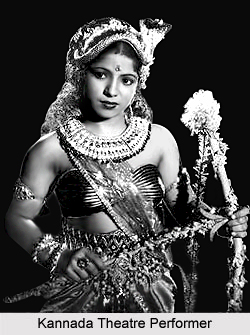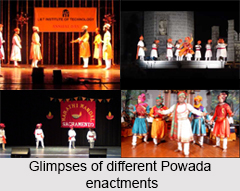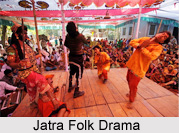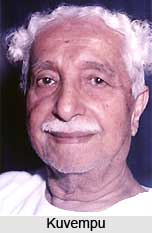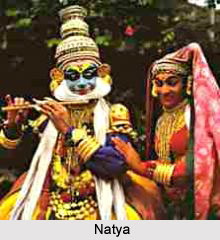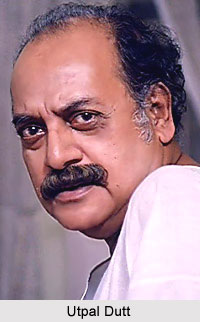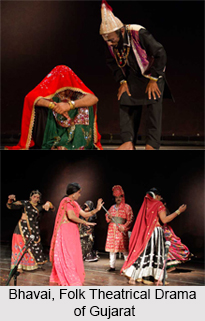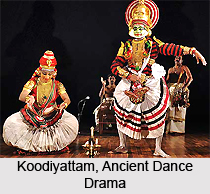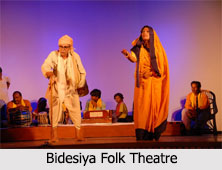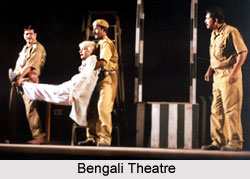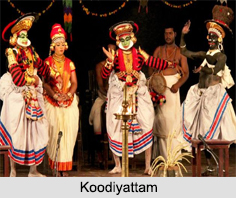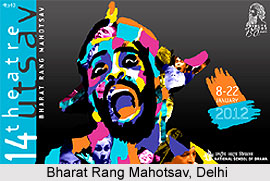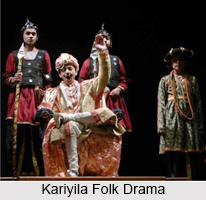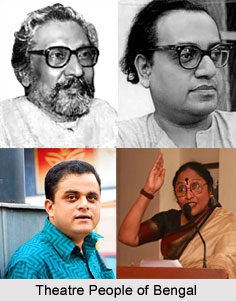Samsa was the pen name of Sami Venkatadri Iyer. Born in the year 1898, Samsa was a Kannada novelist, poet, and playwright. He taught himself Sanskrit language and English, and work took him all over India as well as to Burma, South Africa, and Fiji. Returning to Mysore in 1915, and hounded by a persecution mania, he lived an abnormal and solitary life. He is said to have written twenty-three plays, but only six are extant, posthumously compiled in 1988. Samsa kept a diary, which mentions that he composed social drama like Lali or "Lullaby", Mammala or "Sympathy", and a one-act play, Asati or "Non-Sati". But they have not survived. He staged some of his plays during the 1920s in amateur productions. Samsa is primarily known for the Shakespeare-inspired historical drama in Samsa nataka chakra i.e. "Cycle of Samsa`s Dramas". It dealt with the royal Wodeyar family of Mysore between 1550 and 1650, especially Ranadhira Kanthirava as an ideal ruler. Based on meticulous research, the series offers a lively picture of the historical personalities and a variety of action, though not of themes. The archaic old Kannada language employed is grand, impressive, and mellifluous, but at times stodgy too. The introductory nandi and the bharatavakya at the end form important features of Samsa`s dramaturgy. As a classicist in Kannada theatre, he remains unsurpassed.
Saguna gambhira i.e. "Virtuous and Serious One" depicts the reality and nobility of Bola Chamaraja Wodeyar. Samsa was Ranadhira`s grandfather. Bettada Arasu deals with palace intrigues, Chamaraja Wodeyar`s inaction, the entry of Vikramaraya into Mysore, and his conspiracy against the Commander, Bettada Arasu. Vigada Vikramaraya i.e. Vikramaraya the Wicked was published in 1925. It delineates the double-dealing of Vikramaraya, army commander and apparent well-wisher of the king but actually a secret conspirator who gets him poisoned. It introduces Ranadhira as a rebel hero. Vijaya Narasimha in 1926 also shows the heroism of Ranadhira who succeeds in defeating the enemy from Trichanapalli, Bijapur, and also places around Mysore by following the principles of Kautiiya`s Arthasastra. It also displays Vikramaraya`s plot convincingly.
This article is a stub. You can enrich by adding more information to it. Send your Write Up to content@indianetzone.com







